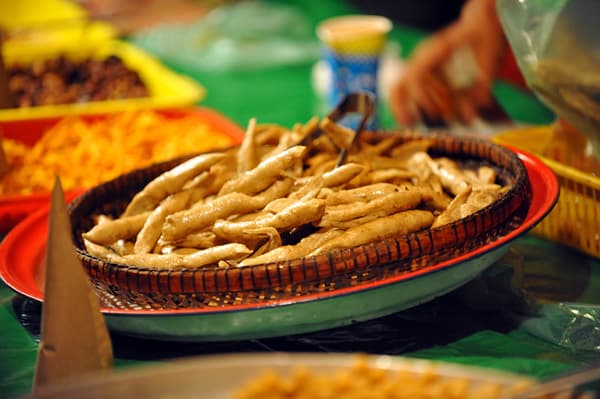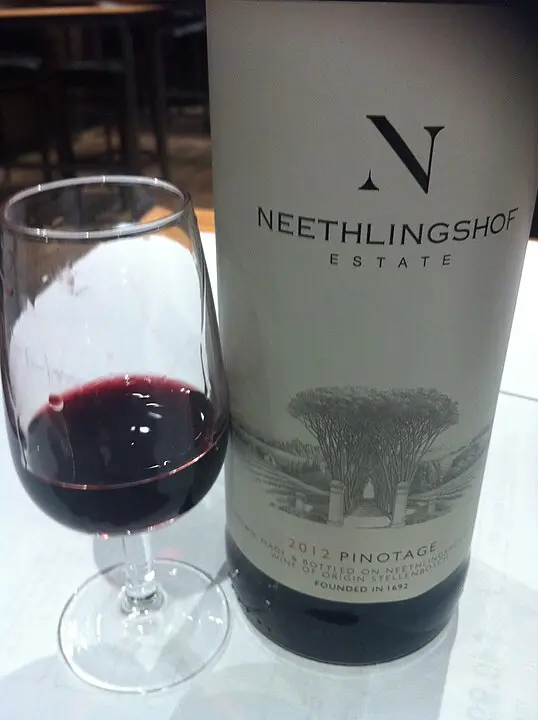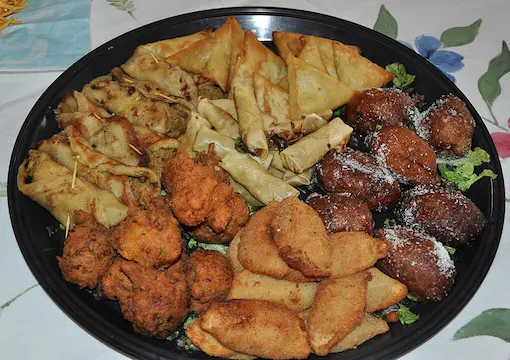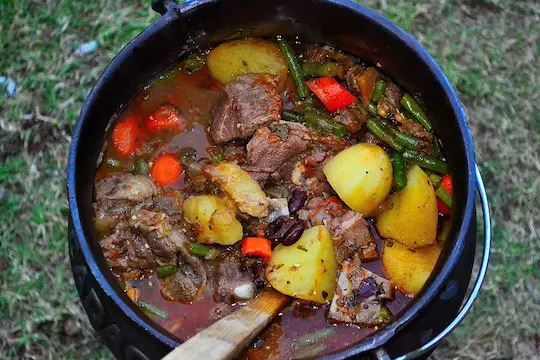Exploring Cape Malay Cuisine: A Guide to Its Rich History and Vibrant Recipes

Cape Malay cuisine, a treasure trove of rich spices and intense flavors, is a culinary tradition that has its roots in Malaysia, Java, and Bengal. In the late 1600s, the Dutch East India Company brought people from these regions to the Cape of Good Hope as slaves. These individuals introduced an array of spices, including hot peppers, chilies, ginger, nutmeg, cinnamon, and all-spice, which were unfamiliar to the newly settled South Africa.
Today, Cape Malay cooking is a regional specialty, particularly prevalent in the Western Cape. Any South African mother-in-law will attest to the fact that a cook who can't whip up a decent bobotie isn't worth their salt!
Cape Malay recipes have become a staple on many local dinner tables. For instance, Bobotie, a spicy mince dish baked in eggs, is often served with chutney, desiccated coconut, sliced banana, and finely chopped onion and tomato, especially if it contains chili. Chutney, a thick, sweet sauce made from fruit, can also come in spicy varieties.
Another Cape Malay favorite is the sosatie, small pieces of meat (usually lamb) skewered on a stick and marinated in curry sauce overnight. Sosaties are a common feature in the popular South African tradition - the braai!
The 'bredie' is another Cape Malay classic. A tomato bredie is essentially a lamb and tomato stew, while a waterblommetijie bredie is a lamb stew made with a waterblommetijie, a type of water plant that grows in the Cape's shallow marshes, also known as Cape asparagus.
The koeksister, a popular Cape Malay treat, differs from the Dutch method, which is plaited. The Cape koeksister is rounded, oval-shaped, and rolled in coconut before being served.
Now, let's dive into a classic Bobotie recipe that you can make at home!
Bobotie Recipe
Ingredients:
1kg mince (beef or lamb)
3 eggs
¼ cup milk or coconut milk
1 thick slice of crustless white bread, soaked in milk
2 onions, finely chopped
1 clove of garlic, finely chopped
Pinch of salt
1 tsp curry powder
6 bay leaves
1 chilli, finely chopped (optional)
½ cup vinegar
1 tsp lemon juice
1 tsp brown sugar
1 tsp chutney
Handful of crushed almonds or raisins (optional)
1 orange, 1 lemon – cut into wheels
Method:
Fry the garlic, onion, and curry powder together with a little oil. Add the mincemeat and brown until almost fully cooked. Squeeze out the excess liquid from the soaked bread and add it to the meat.
Mix the vinegar, lemon juice, sugar, and chutney together, then add to the mince. Cook for a few minutes, then remove from heat.
Layer a medium-sized oven dish with a few bay leaves, and some wheels of orange and lemon, then add the mince mixture on top. If using, add the almonds or raisins to the mince.
Beat the eggs and milk/coconut milk together, then pour over the mince in the oven dish.
Cook uncovered for 45 minutes at 160 degrees Celsius.
Bobotie is typically served with 'yellow rice', which is rice that has a dash of turmeric added during the boiling stage to give the rich yellow color, along with cinnamon sticks and cardamom pods. This Cape Malay cuisine recipe is sure to bring a burst of flavor to your dinner table!
Whether you're in Cape Town or anywhere else in the world, exploring Cape Malay cuisine offers a unique culinary journey. From the history of Cape Malay cooking to the vibrant flavors of its dishes, there's a lot to discover and enjoy. So, why not try a Cape Malay cooking class or visit a Cape Malay restaurant near you? You might also want to explore other Cape Malay cooking recipes to further immerse yourself in this rich culinary tradition. Happy cooking!




